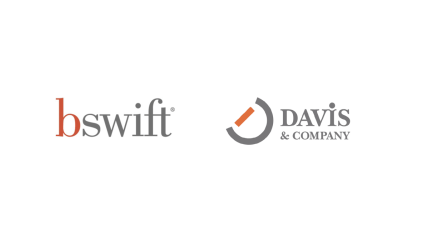Health care expenses are going up. To control costs, your company needs employees to become more educated consumers.
But most employees don’t bother to read complicated plan breakdowns. When they make a selection, it’s based mostly on contribution rates—how much is deducted from their paycheck. So how do you cut through the clutter and teach employees how to pick the right plan for them? Here are three ways:
 |
Ask questions
Set up focus groups or informal meetings between employees and your benefits team. Throw in a free lunch to boost attendance and find out what they understand about available medical plans, and what they need to know to make the best decision.
|
 |
Keep it simple
Eliminate complicated explanations. Instead, focus on:
- What’s changing this year?
Create a color-coded chart that visually shows the changes.
- Set up clear benefit scenarios
Tell a personal story. How does the HMO work for Mary, the single mom? How does it work for Bill and his family of four?
- Put everything in one place
Benefits are hard enough to understand—don’t make your employees search for information. Put FAQs, flex spending calculators, physician directories and all open enrollment materials in a centralized location.
|
 |
Think outside the box
Come up with new ways to convey familiar information. For example, one company leveraged a concept from the world of online dating to get employees' attention and illustrate how plans work. The company created profiles were created that were similar to the ones you might find on eHarmony or Match.com:
- Single 30-something female looking for piece of mind and ability to go where she wants when she wants
- Young married couple seeks value and broad network connections
It then matched the profiles to the benefit plans that best fit the needs of the “singles” ads through a poster campaign and series of online videos.
The result? Employees took a more active role in their personal health and wellness. Many moved away from the low-cost HMO product to the consumer-driven PPO where they could reduce costs through participation in regular screenings and weight loss and exercise programs.
|








